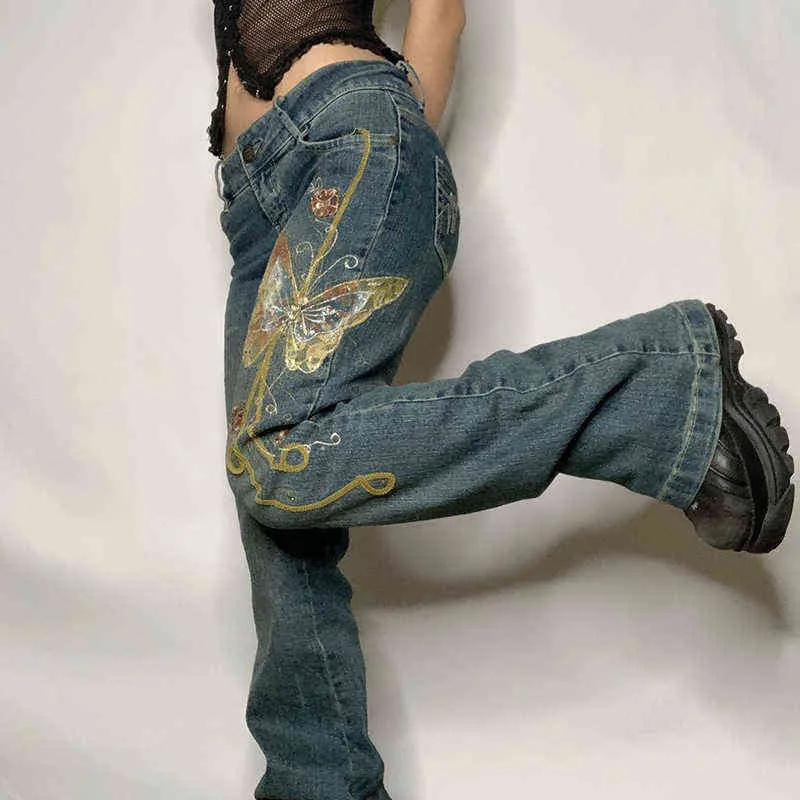Interventions and practices using Comfort Theory of Kolcaba to promote adults' comfort: an evidence and gap map protocol of international effectiveness studies, Systematic Reviews
4.7 (196) · $ 10.99 · In stock

Background Comfort is a primary patient objective and central to patient experience, and thus, maximising comfort is a universal goal for healthcare. However, comfort is a complex concept that is difficult to operationalise and evaluate, resulting in a lack of scientific and standardised comfort care practices. The Comfort Theory developed by Kolcaba has been the most widely known for its systematisation and projection and most of the global publications regarding comfort care were based on this theory. To develop international guidance on theory-informed comfort care, a better understanding about the evidence on the effects of interventions guided by the Comfort Theory is needed. Objectives To map and present the available evidence on the effects of interventions underpinned by Kolcaba’s Comfort theory in healthcare settings. Methods The mapping review will follow Campbell Evidence and Gap Maps guideline and Preferred Reporting Items for Systematic Reviews and Meta-Analyses extension for Scoping Reviews Protocols guidelines. An intervention-outcome framework has been developed based on Comfort Theory and the classification of pharmacological and non-pharmacological interventions via consultation with stakeholders. Eleven electronic databases (MEDLINE, CINAHL, PsycINFO, Embase, AMED, Cochrane Library, JBI Library of Systematic Reviews, Web of Science, Scopus, CNKI and Wan Fang) and grey literature sources (Google Scholar, Baidu Scholar and The Comfort Line) will be searched for primary studies and systematic reviews between 1991 and 2023 written in English and Chinese as the papers regarding Comfort Theory were first published in 1991. Additional studies will be identified by reference list review of included studies. Key authors will be contacted for unpublished or ongoing studies. Two independent reviewers will screen and extract data using piloted forms with discrepancies resolved by discussion with a third reviewer. A matrix map with filters of study characteristics will be generated and presented through software of EPPI-Mapper and NVivo. Discussion More informed use of theory can strengthen improvement programmes and facilitate the evaluation of their effectiveness. Findings from the evidence and gap map will present the existing evidence base for researchers, practitioners and policy-makers and inform further research as well as clinical practices aiming at patients’ comfort enhancement.

PDF) Interventions and practices using Comfort Theory of Kolcaba to promote adults' comfort: an evidence and gap map protocol of international effectiveness studies
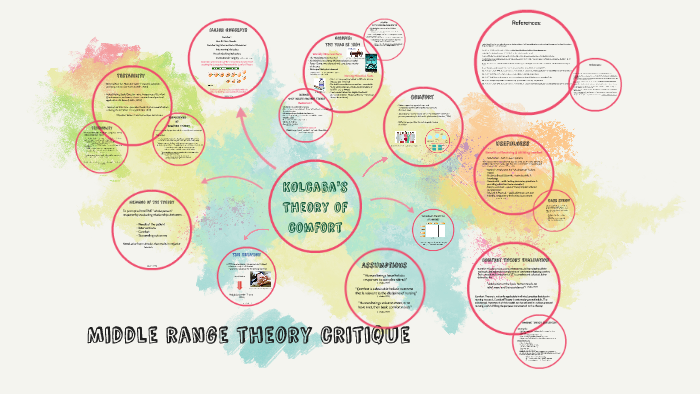
Hannah Madill Prezi- Kolcaba's Comfort Theory Critique by Hannah Madill on Prezi
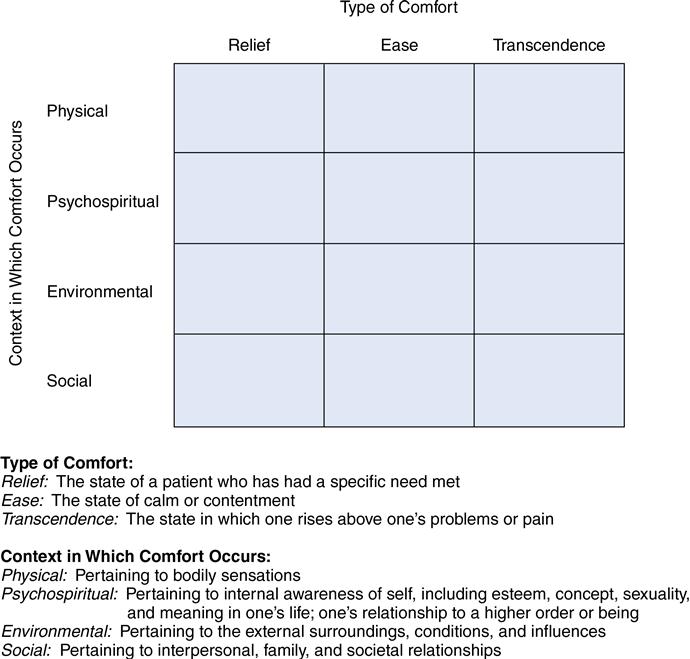
33. Theory of comfort

Patients' perspectives on comfort and influencing factors; the Comfort

Influences on comfort within the clinical environment

Awatson Aprns State REG Paper - APRNs and State Regulations Alexia Watson Herzing University NU626 - Studocu
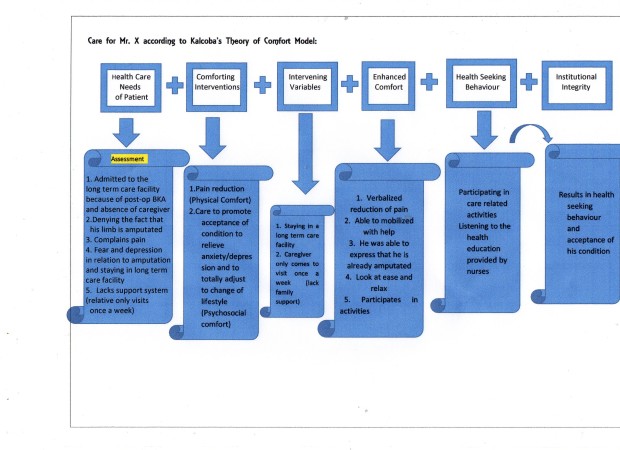
Nursing Practice – The Comfort Zone

Kathy Kolcaba Megan Reid and Nichole Potts October 12 th, ppt download
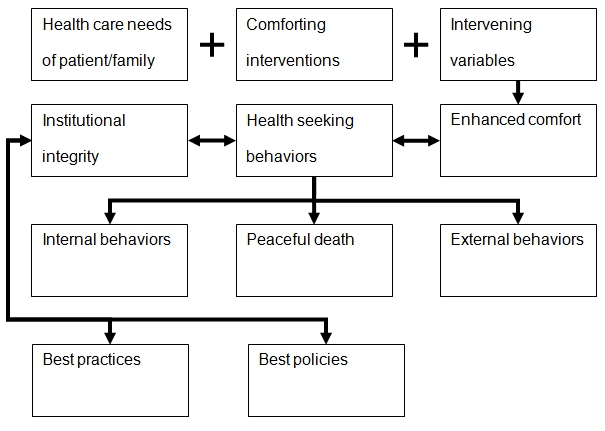
Katharine Kolcaba's Comfort Theory



